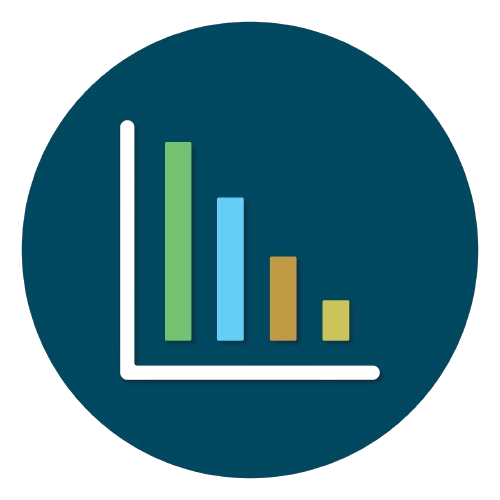A CredSpark Deep Dive
The CredSpark Beginner’s
Guide to Audience Data
Chapter Two:
3 Methods of Audience Data Collection
The 3 Most Effective, Efficient, & Ethical Ways to Collect Audience Data
Audience data is an essential part of an effective content strategy. It provides you with valuable insights into your audience across several domains—topical knowledge; their interests, goals, & motivations; as well as quantitative information on their specific activity. Focus on collecting data that strengthens your content strategy, provides actionable insights, and enables you to provide more value for your audience. This data provides the foundation for creating more effective content that delivers on the needs of your audience and your business.
Method One
Interactions
Surveys and questionnaires, properly designed with engagement in mind, can extract direct audience insights very efficiently. It’s important to be intentional in the crafting, design, presentation, and ordering of questions to surface useful information without unduly influencing outcomes. Whether it’s market research, product feedback, or opinion-based, strong interaction design strikes a balance between qualitative and quantitative information, while keeping the audience engagement top of mind.
Platforms like CredSpark combine customizability with best practices in interaction design and deployment to maximize audience insights while minimizing participation fatigue.
Timing and placement are also vitally important. When properly presented, interactions can yield more relevant and timely data that can provide feedback and insights for future decision-making. And you don’t have to ask everything all at once. Progressively conducting “bite-sized surveys” over time can vastly improve participation rates and can provide particular insights into how audience perceptions change over time.

Method Two
Website Analytics
Website analytics are dynamic and incredibly helpful for gathering passive audience data. You can uncover information about visitors that allow you to make improvements to the language, design, and structure of your content-driven web pages. Analytics-driven information includes demographic data, user behavior, traffic sources, and engagement metrics like engagement time or session duration.
The biggest win from website analytics is that you get to understand a bit more about your audience, while evaluating your content’s success from a third party. Tools like Google Analytics provide the baseline to set up your data collection and are easy to implement.
Additionally, by adding tools in CRM and CMS systems, you can create more detailed views of your audience and their interactions. Conversion tracking and user flow analysis visually showcase customer journeys and actions, allowing you to identify popular content or diagnose navigation issues, conversation barriers, and more. If you regularly review your website analytics, you’ll not only be able to identify holes in your user experience, but improve your content and engagement strategy at the same time.

Method Three
Customer Feedback & Reviews
Customer feedback and online reviews are direct channels that gauge your audience’s satisfaction and their perception of your product or service. Asking for feedback from clients through various channels can provide a steady stream of valuable data. Analyzing this feedback is one of the most straightforward ways to identify patterns and insights regarding your content, product, or brand.
A simple way to begin the custom feedback collection process is a structured feedback system such as the Net Promoter Score (NPS) survey, which provides consistent and comparable data over time. By taking the time to actually sift through the data you collect, you can uncover subtle insights and trends in your customer satisfaction levels or preferences. This kind of data can influence major strategic decisions, highlight competitive advantages, surface audience needs, and actually help in marketing and promotion.
Bringing It All Together
In each of these cases, the strategic use of audience data led to enhanced content relevance, improved user engagement, and stronger market positioning. These examples serve as powerful demonstrations of how effectively interpreting and applying audience insights can propel media companies to new heights of success.




